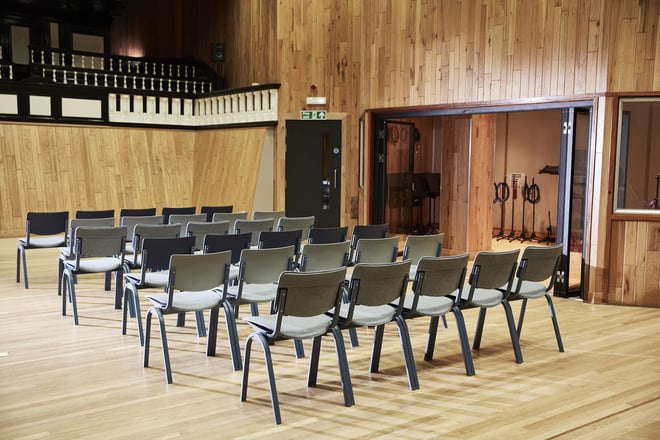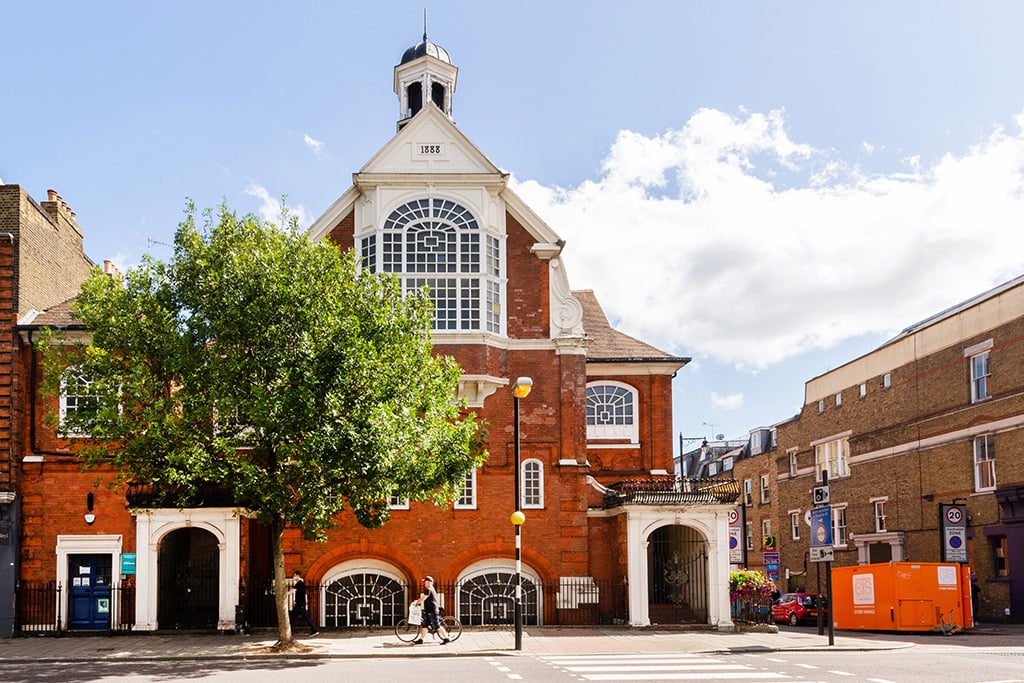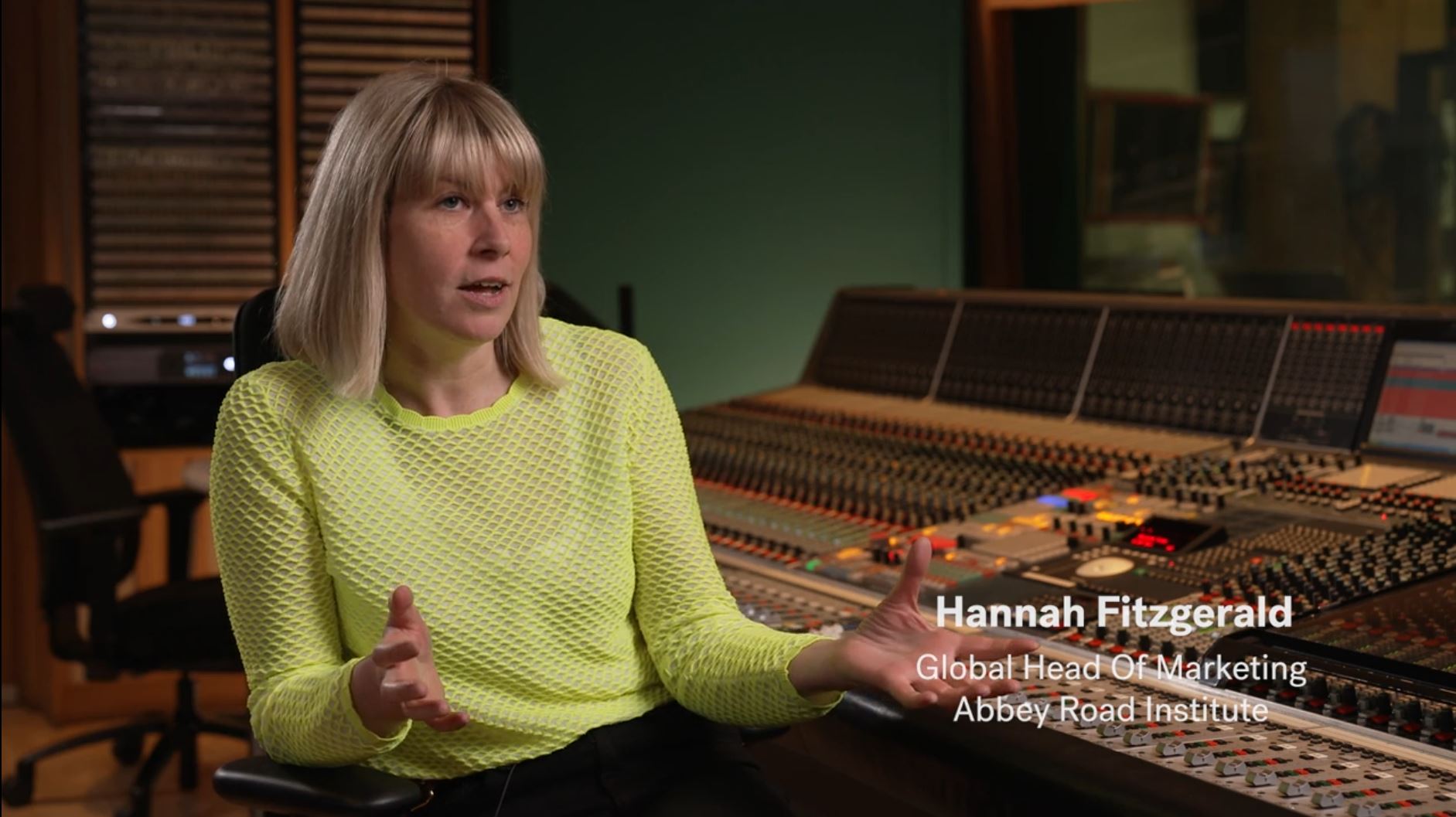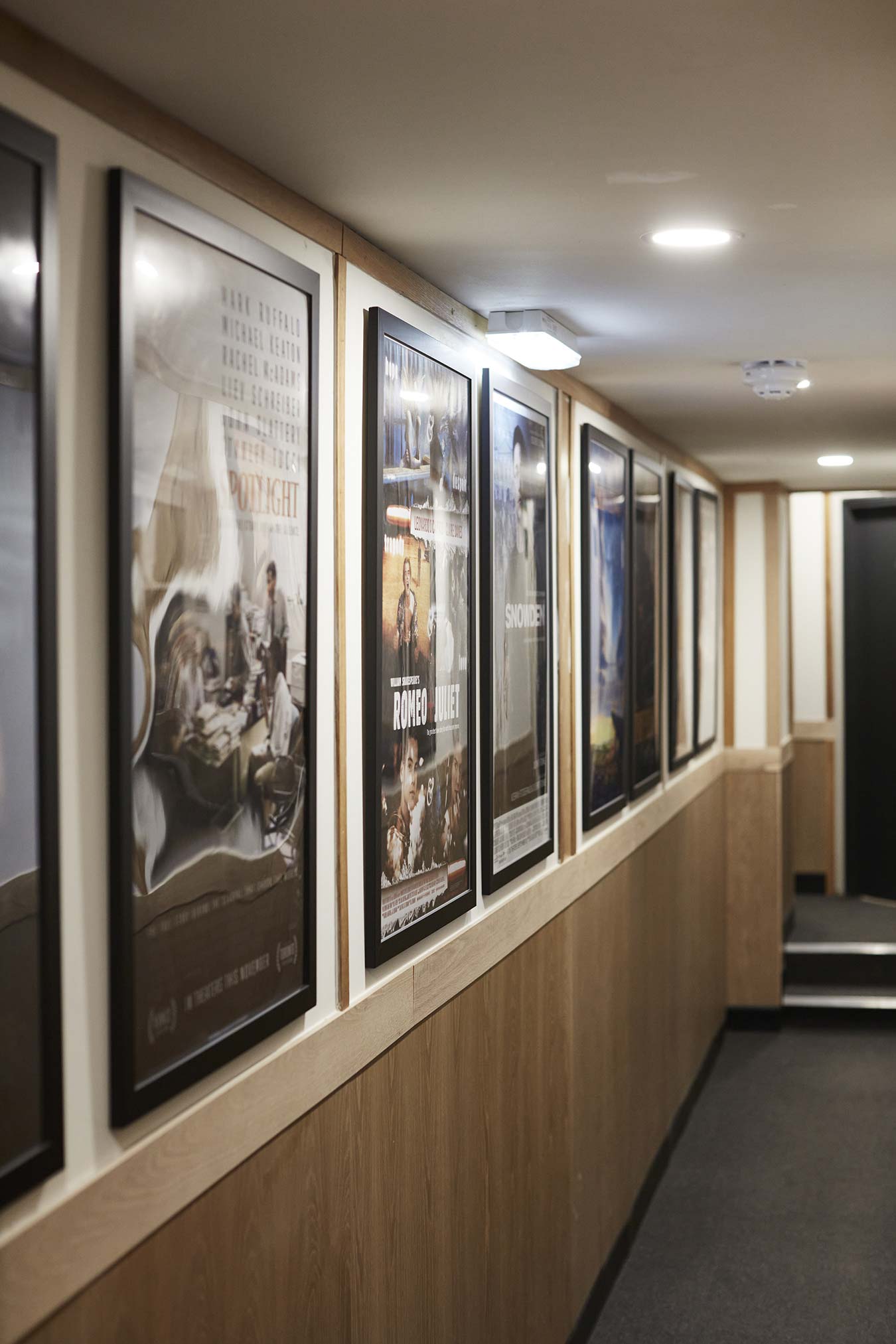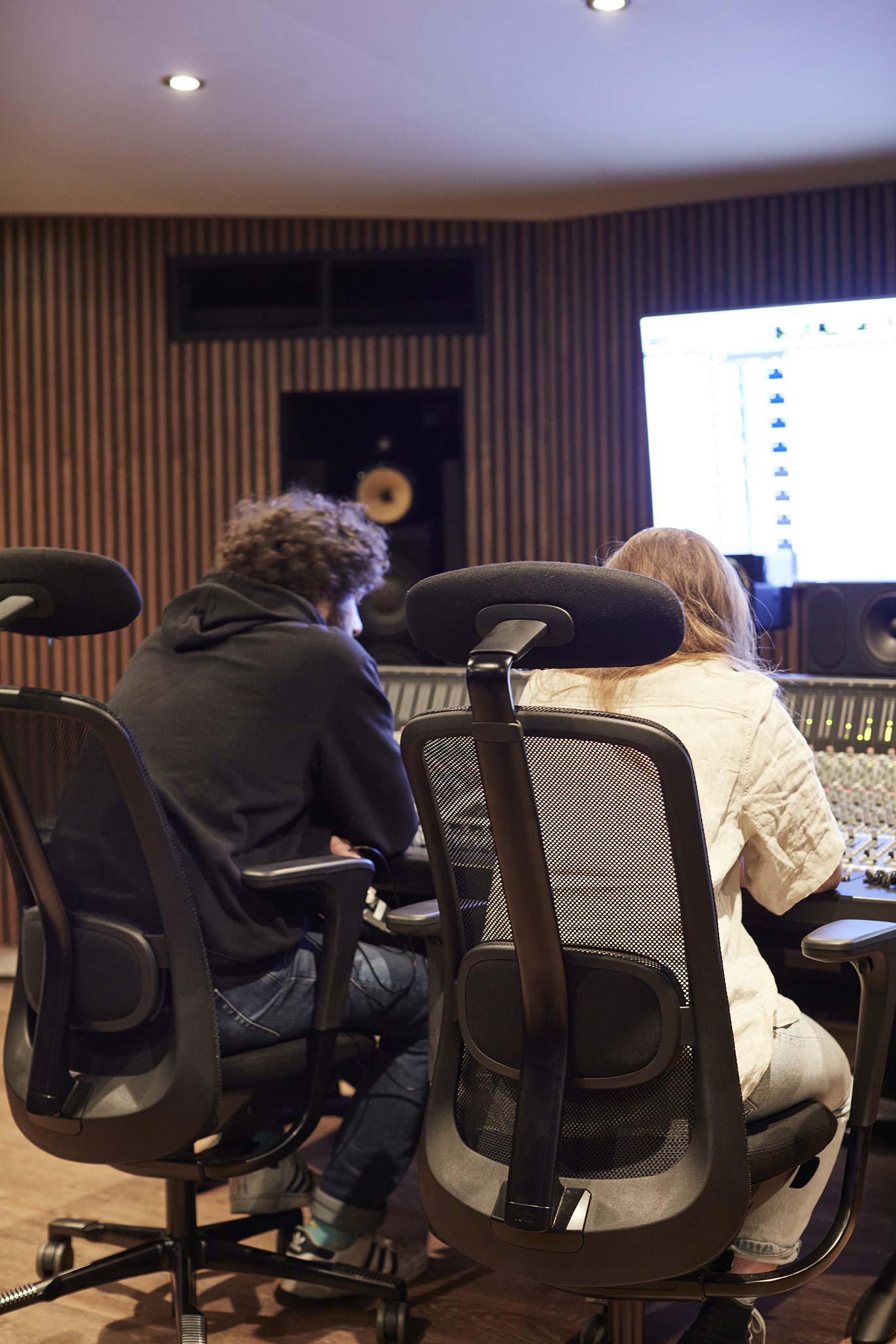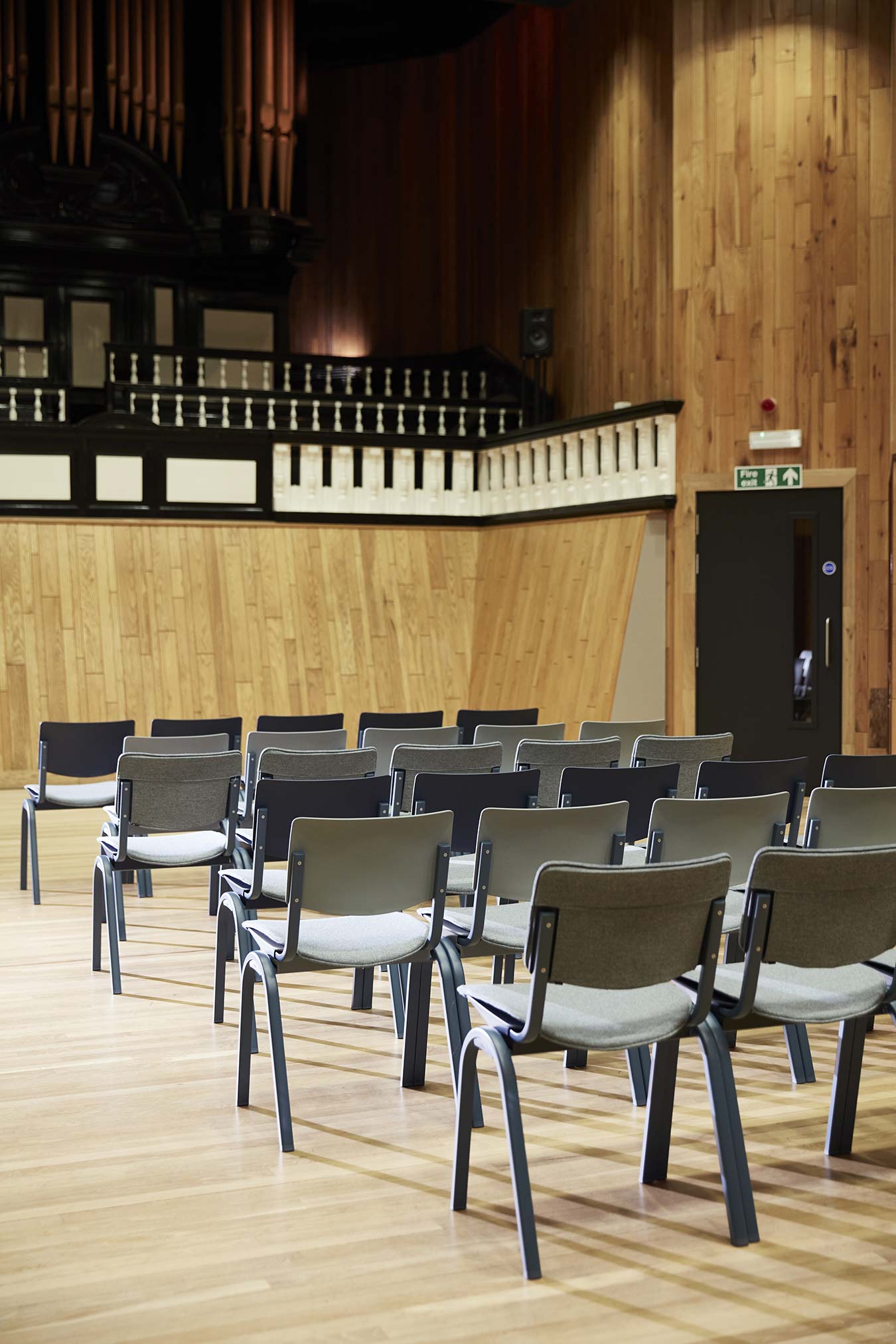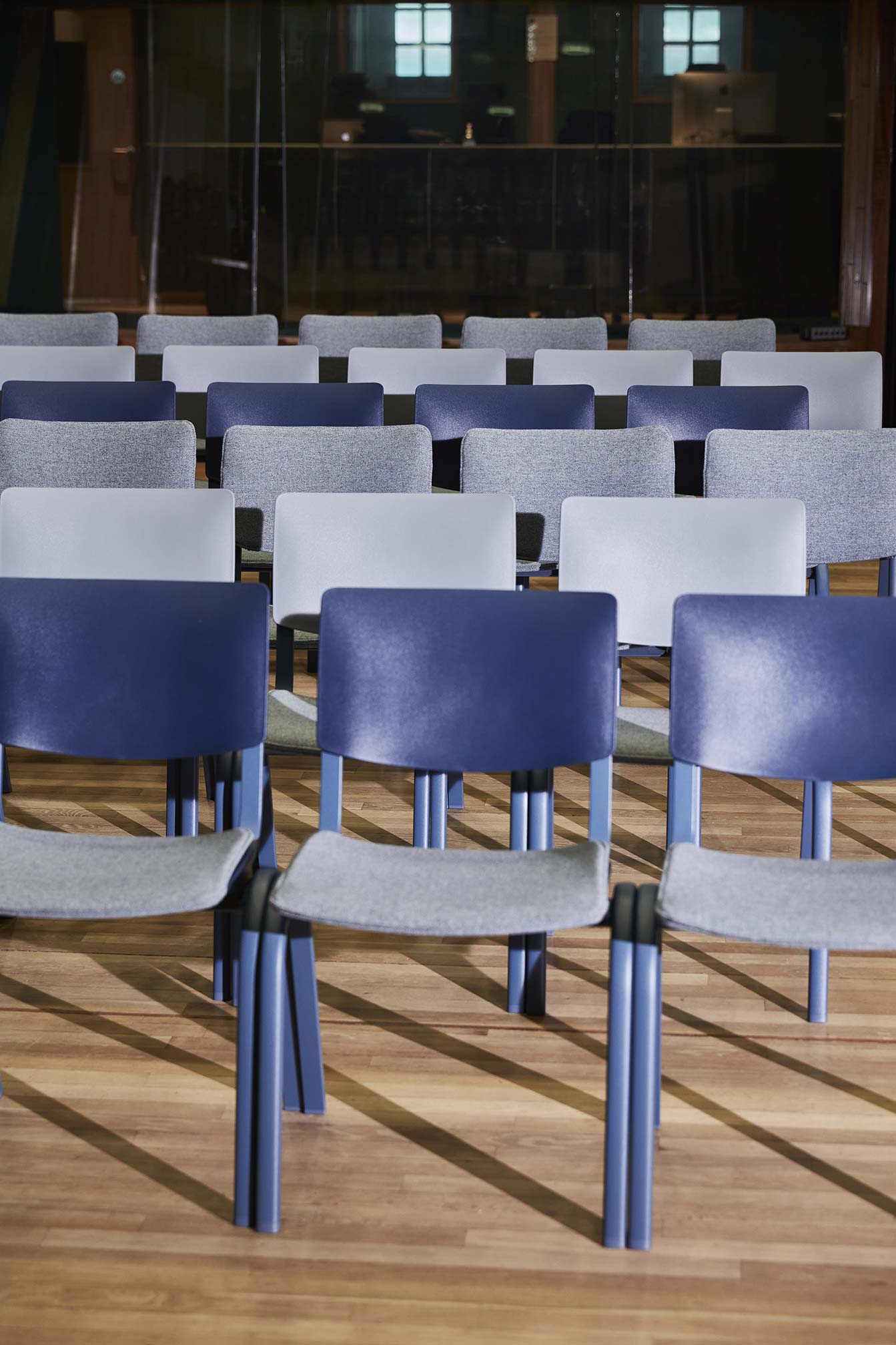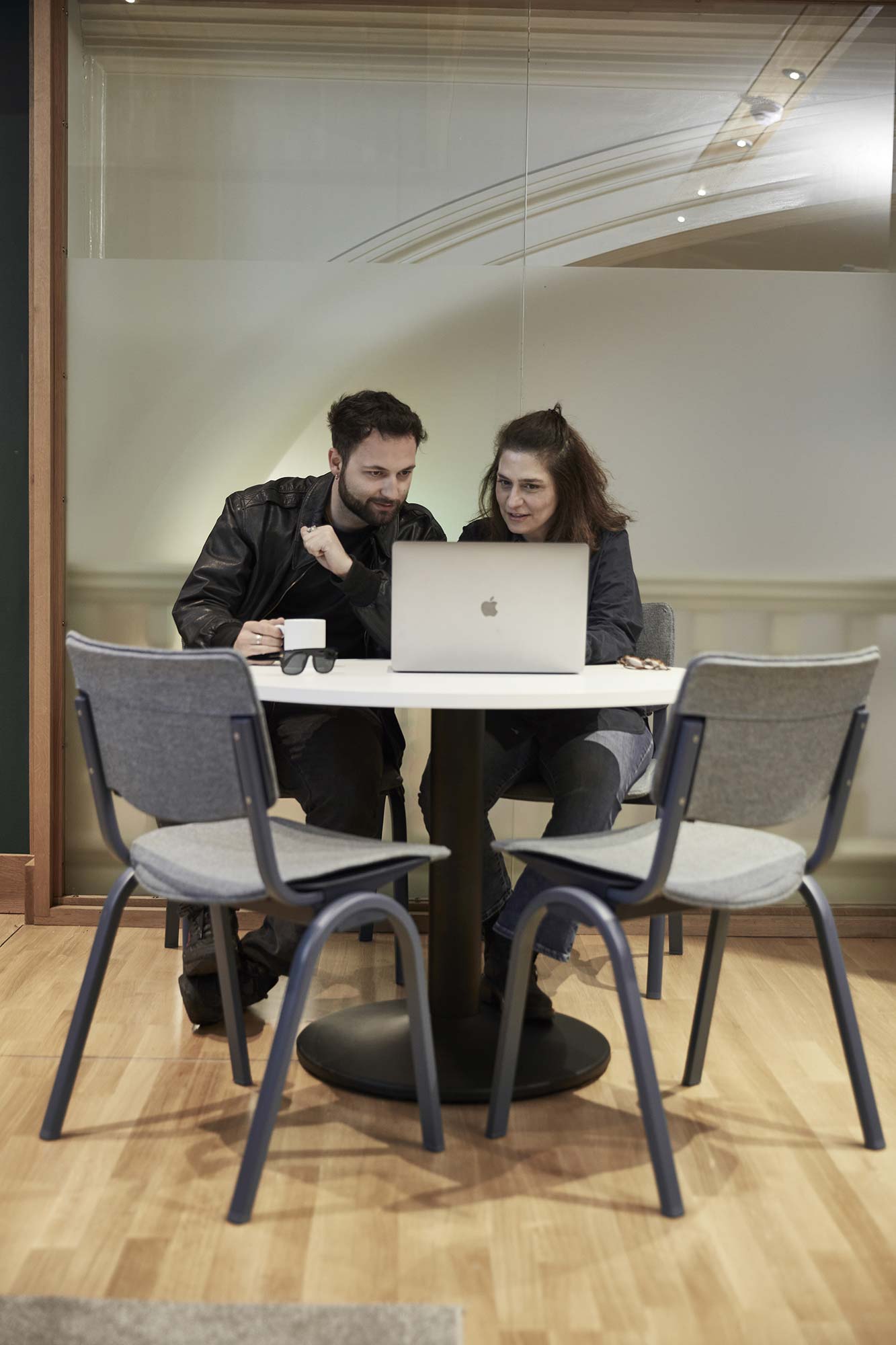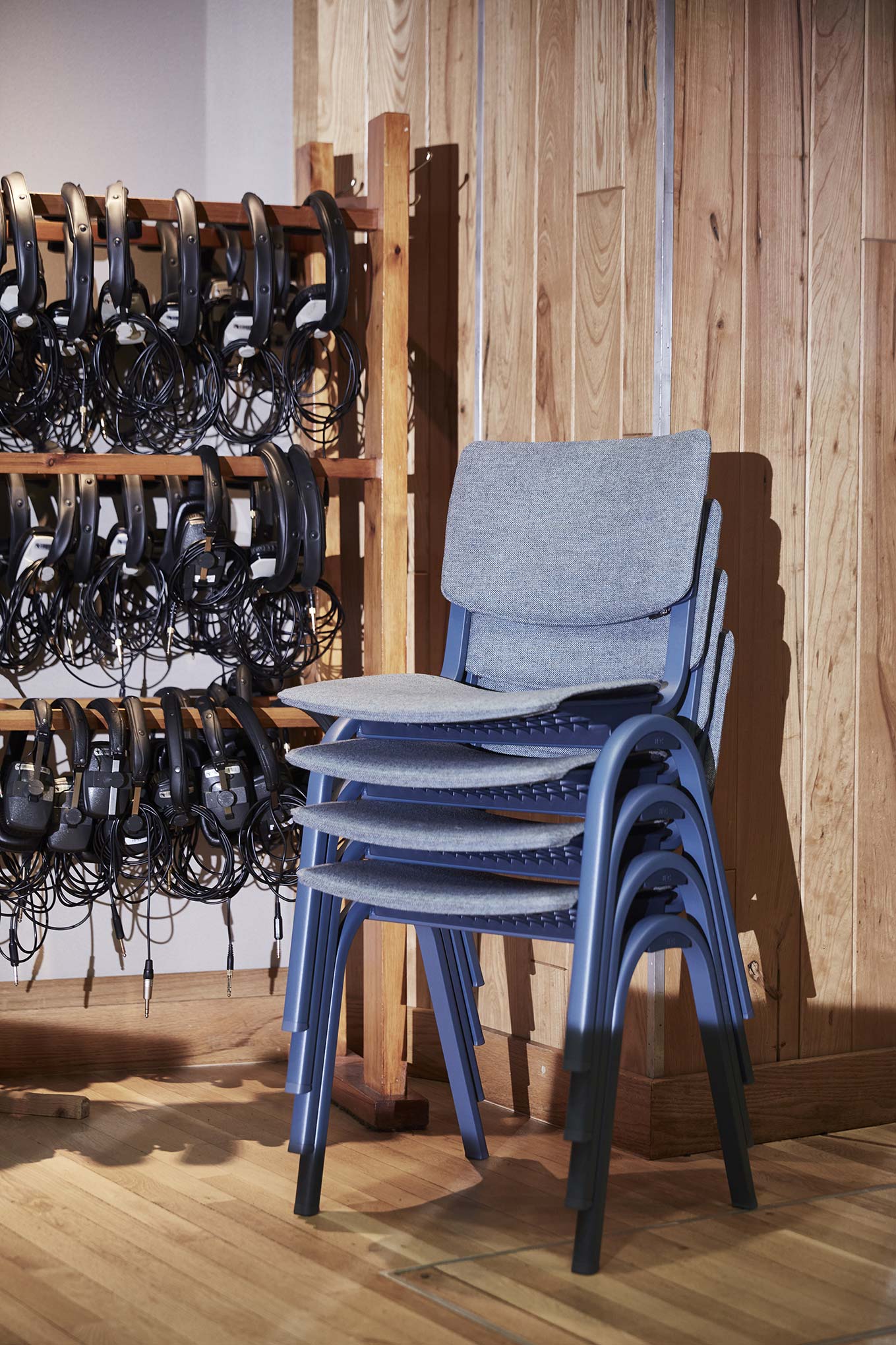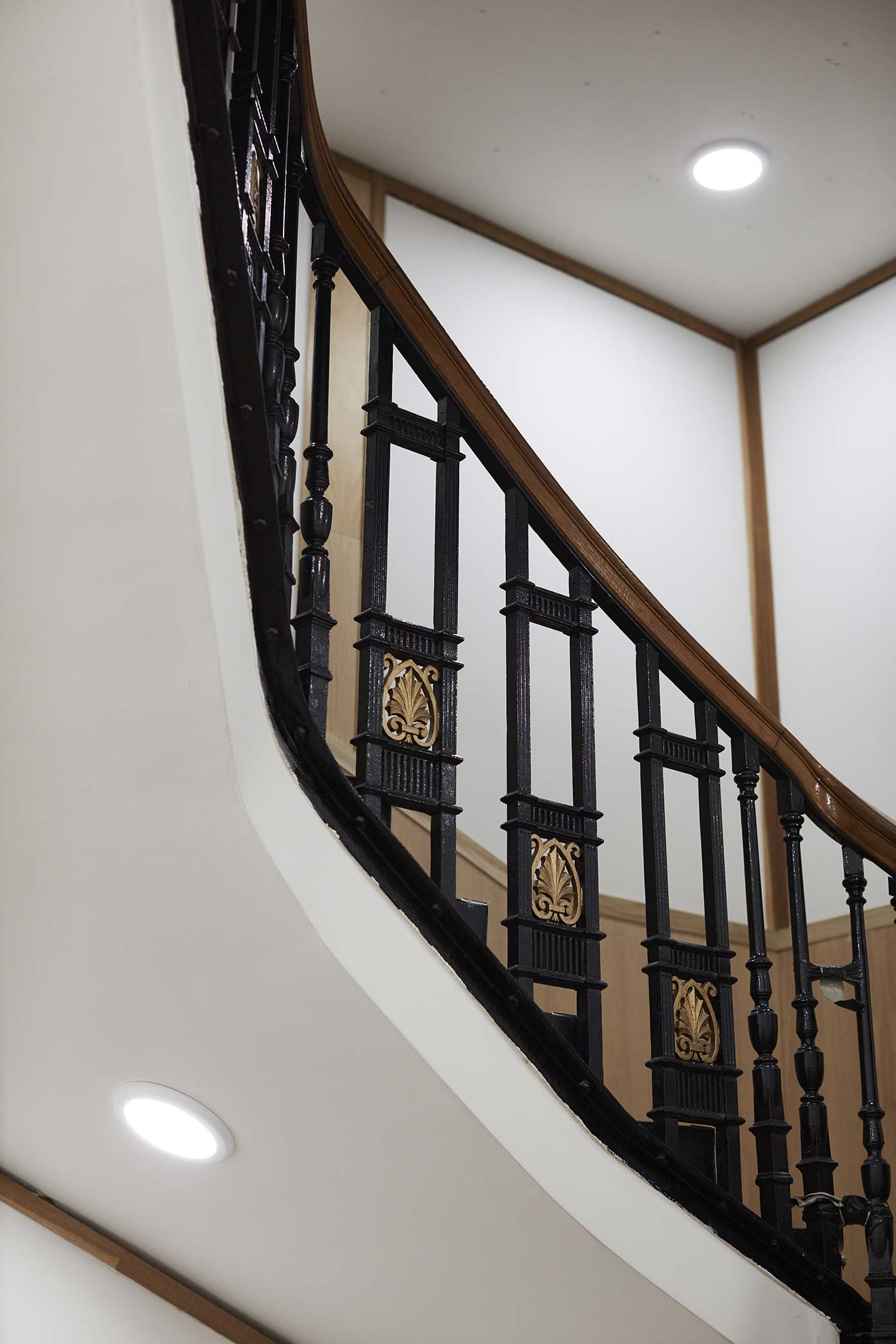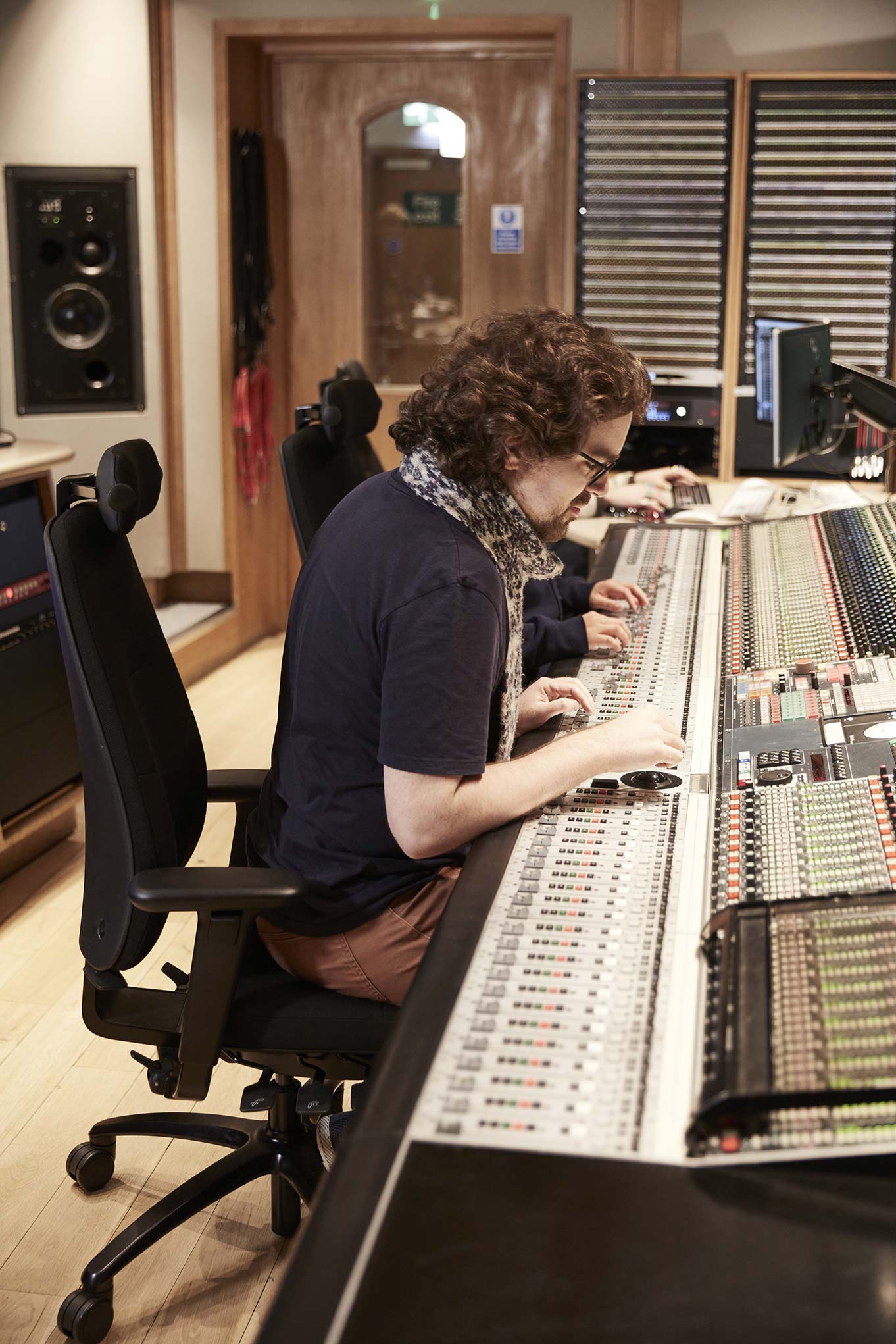Abbey Road is perhaps the world’s most famous recording studio, with artists including The Beatles, Oasis, Lady Gaga, and Pink Floyd, recording some of their most famous work. However, not only does the studio play host to the latest and greatest superstars, it tutors and inspires those looking to work in the music industry. In collaboration with Universal Studios, they set up the Abbey Road Institute (ARI) a specialist music production school and the training ground for the next generation of music producers and sound engineers.
In 2022 ARI acquired a new building known as Angel Studios and transformed the iconic London venue into a state-of-the-art recording and teaching facility. We spoke to Hannah Fitzgerald, Global Head of Marketing at Abbey Road Institute about their expansion, and the challenges of designing and equipping such an important workspace.
Hi Hannah! Tell us the story behind Angel Studios.
Angel Studios is a culturally significant recording studio, one of the top recording studios in London, and a Grade II listed building. Originally built as a church in 1888, De Wolfe publishing established it as Angel Studios in the late 1970s. The studio has been home to some really iconic recording sessions over the years, from The Cure, Kate Bush, and Adele, and right through to recent times. Fast forward to the end of 2019 and very sadly the studio closed. Then there was a big question mark about what was going to happen next.
So what happened next?
Abbey Road Institute is a specialist music production and sound engineering school, and it was born out of a collaboration between Abbey Road Studios and Universal Music. We had actually been looking to expand and we discovered Angel Studios which was the ideal scenario for us. Within Angel Studio, we now have both the Abbey Road Institute spaces which are where we deliver our day-to-day teaching, and our student's record and work as well as commercially available studios.
